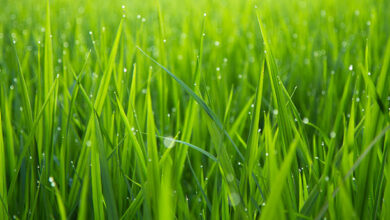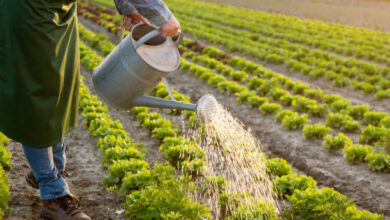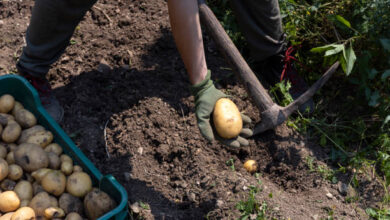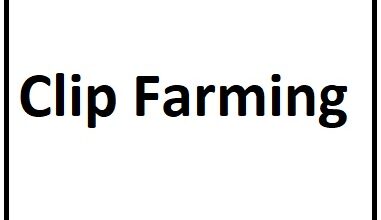What is Agricultural Practice? A Comprehensive Guide to Cultivating Success
Agricultural Practice
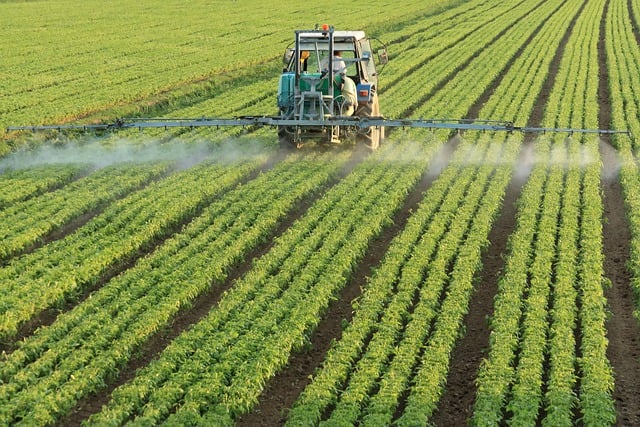
What is Agricultural Practice? A Comprehensive Guide to Cultivating Success
From the vibrant fruits and vegetables on your table to the fibers in your clothes, agriculture plays a vital role in our lives. But how exactly does it all come together? Let’s explore the fundamental Agricultural Practice that bring our food and resources to life!
Agricultural practice encompass a variety of methods used in farming and gardening to produce food, fibers, and other essential resources. These Agricultural Practices are crucial for ensuring the efficient and sustainable production of crops and livestock. In this guide, we will delve into the core agricultural practice, highlighting their purpose, benefits, and sustainable approaches.
Setting the Stage: Preparing Your Land for Success
Proper land preparation is the foundation of successful farming and gardening. It ensures that the soil is in optimal condition to support plant growth.
- Tilling and Soil Testing
Tilling involves breaking up and turning over the soil to create a suitable seedbed. This Agricultural Practice helps aerate the soil, control weeds, and incorporate organic matter. Different methods of tilling include:
– Conventional Tilling: Using plows or rototillers to turn over the entire soil surface.
– Strip Tilling: Tilling only narrow strips where seeds will be planted, leaving the rest of the soil undisturbed.
Soil testing is essential for understanding the nutrient content, pH level, and overall health of the soil. It guides decisions on soil amendments and fertilization.
- Amending the Soil
Soil amendments improve soil structure, fertility, and moisture retention. There are both organic and inorganic methods:
– Organic Amendments: Compost, manure, and green manure enhance soil fertility and structure.
– Inorganic Amendments: Lime and gypsum correct soil pH and improve drainage.
- Crop Rotation
Crop rotation involves growing different types of crops in the same area in sequential seasons. This Agricultural Practice prevents soil depletion, reduces pest and disease cycles, and improves soil fertility.
- No-Till Farming
No-till farming is a sustainable alternative to conventional tilling. It minimizes soil disturbance, preserves soil structure, and reduces erosion. Seeds are directly planted into undisturbed soil, often using specialized equipment.
Sowing the Seeds: Planting Strategies for Growth
Choosing the right planting methods and strategies is crucial for successful crop establishment and growth.
- Direct Seeding
Direct seeding involves planting seeds directly into the soil where they will grow to maturity. This method is advantageous for its simplicity and lower cost. Ideal scenarios include planting grains, legumes, and root vegetables.
- Seedlings and Transplants
Using seedlings and transplants allows for an earlier start and more controlled growing conditions. This method is beneficial for crops with longer growing seasons or those sensitive to environmental conditions, such as tomatoes and peppers.
- Companion Planting
Companion planting involves growing different crops in proximity to benefit each other. For example, planting basil alongside tomatoes can improve flavor and deter pests. This practice enhances biodiversity and can improve pest management.
- Seed Selection
Choosing the right seed variety is crucial for success. Factors to consider include:
– Climate Suitability: Selecting varieties adapted to your local climate and growing season.
– Disease Resistance: Opting for varieties resistant to common diseases in your area.
– Crop Yield: Considering the productivity and quality of the crop.
You May Love To Read
What is a Pest in Agriculture? All You Need To Know
What is O Farming? Organic Farming
What Is Animalism In Animal Farm: (George Orwell’s Animal Farm)
Nurturing Life: Essential Practices for Plant Growth
Ensuring healthy plant growth requires a combination of proper irrigation, weed control, and fertilization.
- Irrigation
Effective watering techniques are essential for maintaining soil moisture and promoting healthy plant growth. Different methods include:
– Drip Irrigation: Delivers water directly to the plant roots, reducing water waste.
– Sprinkler Irrigation: Suitable for larger areas but can lead to water evaporation.
– Soaker Hoses: Provide a slow, steady supply of water to the soil.
- Weed Control
Weeds compete with crops for resources and can hinder their growth. Control methods include:
– Organic Methods: Mulching, hand weeding, and using cover crops to suppress weeds.
– Non-Organic Methods: Applying herbicides, though this should be done with caution to avoid environmental harm.
- Fertilization
Fertilizers supply essential nutrients to plants. Types include:
– Organic Fertilizers: Compost, manure, and bone meal release nutrients slowly and improve soil health.
– Inorganic Fertilizers: Chemical fertilizers provide immediate nutrient availability but can impact soil health over time.
- Organic Pest Management
Managing pests naturally minimizes chemical use and promotes a healthier ecosystem. Methods include:
– Biological Controls: Introducing natural predators like ladybugs to control aphids.
– Cultural Practices: Crop rotation and companion planting to reduce pest populations.
– Physical Controls: Using barriers and traps to prevent pest damage.
Beyond the Crops: Practices for Livestock Management
For those interested in raising animals, livestock management practices are essential.
- Animal Housing and Shelter
Providing adequate housing and shelter is crucial for animal welfare. Key considerations include:
– Proper Ventilation: Ensuring good airflow to prevent respiratory issues.
– Cleanliness: Regularly cleaning shelters to reduce disease risk.
– Protection from Elements: Providing shade, warmth, and protection from rain and wind.
- Feeding and Nutrition
Proper nutrition is vital for healthy livestock. Feeding strategies vary based on the type of animal and include:
– Grazing: Allowing animals to feed on pasture, which is cost-effective and natural.
– Supplemental Feeding: Providing additional feed to meet nutritional needs, especially during winter or drought.
- Breeding and Animal Health
Managing breeding and health care ensures a productive and healthy livestock population.
– Breeding Programs: Selecting animals with desirable traits for breeding to improve herd quality.
– Veterinary Care: Regular health checks and vaccinations to prevent and treat diseases.
- Responsible Animal Husbandry
Practicing responsible animal husbandry includes humane treatment, ethical breeding, and sustainable practices that ensure animal welfare and environmental stewardship.
Sustainable Solutions: Eco-Friendly Practices for the Future
Sustainable agriculture focuses on minimizing environmental impact while maintaining productivity.
- Cover Cropping
Cover crops are planted to cover the soil rather than for harvest. Benefits include:
– Soil Health: Improving soil structure and fertility.
– Erosion Control: Reducing soil erosion by providing ground cover.
– Weed Suppression: Outcompeting weeds for resources.
- Integrated Pest Management (IPM)
IPM combines multiple strategies to manage pests in an environmentally friendly way. Principles include:
– Monitoring: Regularly checking for pest activity to take timely action.
– Prevention: Using cultural practices to reduce pest populations.
– Natural Controls: Encouraging beneficial insects and using biological controls.
- Water Conservation Techniques
Efficient water use is crucial for sustainable agriculture. Methods include:
– Rainwater Harvesting: Collecting and storing rainwater for irrigation.
– Drip Irrigation: Reducing water waste by delivering water directly to plant roots.
– Mulching: Retaining soil moisture and reducing evaporation.
Conclusion
Understanding and implementing essential agricultural practices is key to successful farming and gardening. From preparing the soil to nurturing plants and managing livestock, each practice plays a vital role in producing healthy and abundant crops and livestock. By choosing sustainable approaches and tailoring practices to your specific needs, you can cultivate success in your agricultural endeavors. Explore resources, connect with local agricultural communities, and share your experiences to continue learning and growing.

